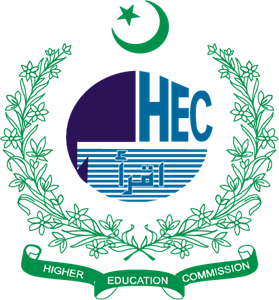A COMPARISON OF TEACHERS’ AND STUDENTS’ PREFERRED METHOD OF LECTURE DELIVERY AND EXAMINATION SYSTEM IN MEDICAL EDUCATION
DOI:
https://doi.org/10.52442/rjhs.v5i1.329Abstract
ABSTRACT
Introduction: In an effort to improve the quality of knowledge delivery, medical mentors are combining old and new methods of teaching and technology. Furthermore, various examination methods are used to assess the impact of the knowledge produced on the students. It was designed to gain a deeper understanding of teachers and students' preferences regarding lecture delivery methods and examination systems used in medical education.
Material & Methods: A cross-sectional survey was conducted at six educational institute located in Faisalabad from April 2019 to September 2019. A convenient sample of 3673 students between age 18 to 24 years and 88 faculty members. Data was collected through the use of structured questionnaire after taking informed consent. Data was analyzed using SPSS version 23.
Results: 1426(38.8%) students and 52(59.1%) teachers preferred interactive lecture the most, followed by formal lecture method preferred by 820(22.3%) students and 15(17.0%) teachers, and student presentation appeared as least preferred method by both populations. SEQs examination method was mostly preferred by students 2157(58.7%) as well as by teacher 37(42.0%) while, OSCE/OSPE appeared least preferred method by students 21(.6%) and teachers 0(0%). There was significant difference in perception of students and teachers on different lecture delivery methods (p<.05). Students were less agreed (M=4.14, SD=090) that the lectures are well organized as compare to teachers ((M=4.49, SD=097). Students were less agreed (M=3.98, SD=0.79) that the lectures are clear and understandable as compare to teachers ((M=4.20, SD=0.82).
Conclusion: Based on the current study, teachers and students have no different preferences regarding lecture delivery and assessment methods in medical education, suggesting that there is a paradigm shift from formal to interactive teaching.
Key Words: Examination methods, Lecture delivery, Medical Education, Students, Teachers






